Hello, darlings!
Just in the nick of time for National Cream Tea Day (Friday 28th June 2019), I excitedly present Miss Windsor’s Wartime Girdle Scones (How spiffing!).
I also wholeheartedly dedicate this recipe, admittedly a trifle late, to the recent celebrations of the 75th anniversary of the D-Day Landings, which took place on the 6th June 2019, of course, the actual real thing took place on the 6th June 1944.
“Ummm, excuse me, Miss Windsor, you mentioned “girdle”, but isn’t that a ladies undergarment worn to disguise one’s jelly belly?” Well, my dears, you’re absolutely correct, but not in the case of wartime cookery. You see, most folks were at their healthiest and about 10 pounds lighter back then, so there was no need for a girdle! Please do read on to find out more……..
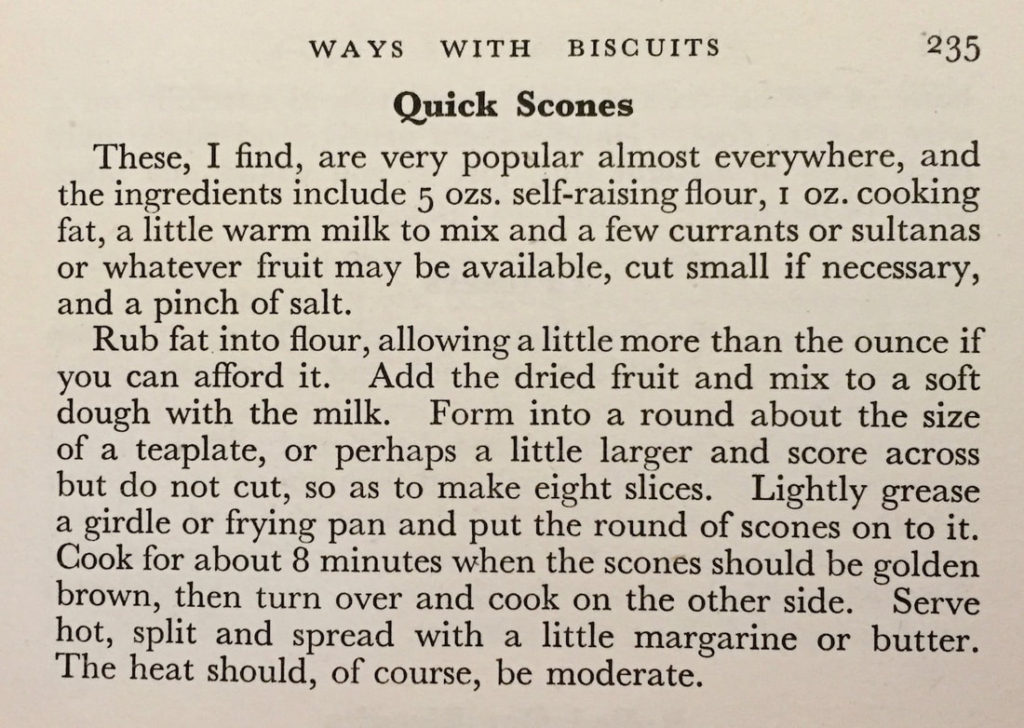
I must divulge that this triumphant recipe goes by the original title of Quick Scones (traditionally cooked on a GIRDLE), which I discovered on a fat splattered, sepia-tinged, discoloured page, lurking near the end of Irene Veal’s spectacular cookery book, Recipes of the 1940’s, first published in 1944.
By the way, Irene Veal dedicated her book to Lord Woolton – who evidently, TAUGHT BRITISH WOMEN to COOK WISELY.
I recreated this recipe with self-raising flour, a little warm milk, a small handful of chopped sultanas, 1oz (30g) of one’s 8oz sugar ration, a pinch of baking powder, and our British favourite of “beef dripping’, collected from last Sunday’s roast dinner – a one-off treat for the Miss Windsor household!
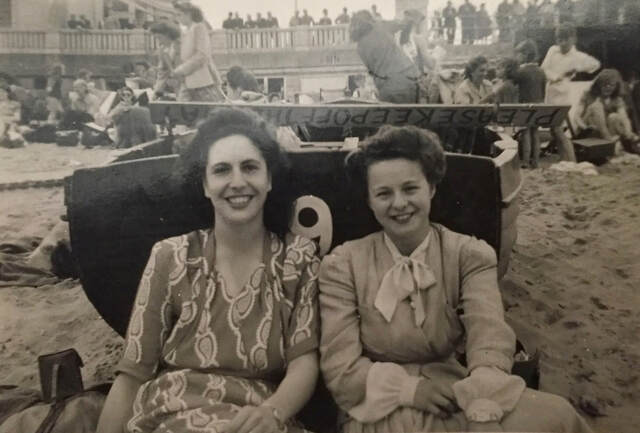
Darlings, Grandmother Josie often shared with Miss Windsor one of her fondest, childhood, wartime memories, of a slice of bread slathered with beef dripping. A treat she looked forward to receiving, only if she’d been a good girl, and did a grand job of scrubbing the front doorstep with Vim Scouring Powder!
Of course, one could only indulge in such a treat, if one was lucky enough to get their hands on a joint of beef. For reference: the weekly meat rations during wartime Great Britain was “1s. 2d” (1 shilling & 2 pence) per adult, which during the year of 1944, equated to a little over “1 lb.” (450g) of meat including the bone.
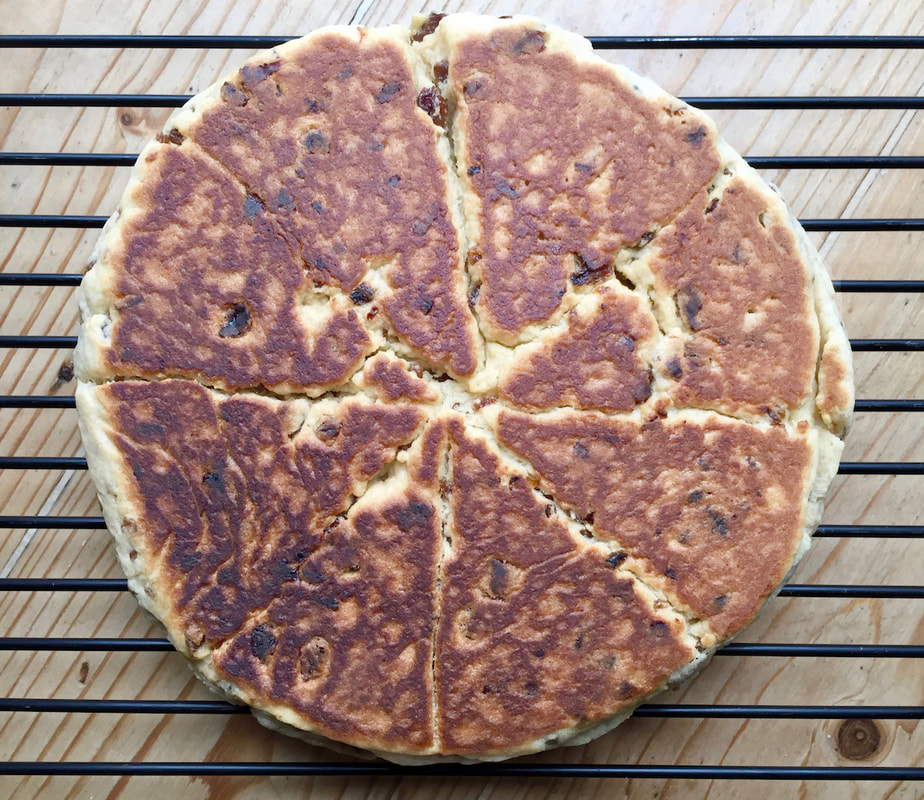
I remark that I only decided to rustle something up for National Cream Tea Day on Wednesday just gone. Therefore, in search of something hasty, relatively easy, and in the spirit of cream tea and British wartime cookery, one was delighted to stumble across this gem of a recipe.
But to Miss Windsor’s utter dismay, after several hours slogging away over Grandmother’s Josie’s, vintage, wrought iron GRIDDLE pan (that’s right, Miss Windsor doesn’t possess a GIRDLE!) one soon realised, that Irene Veal’s recipe wasn’t so easy and hasty after all!
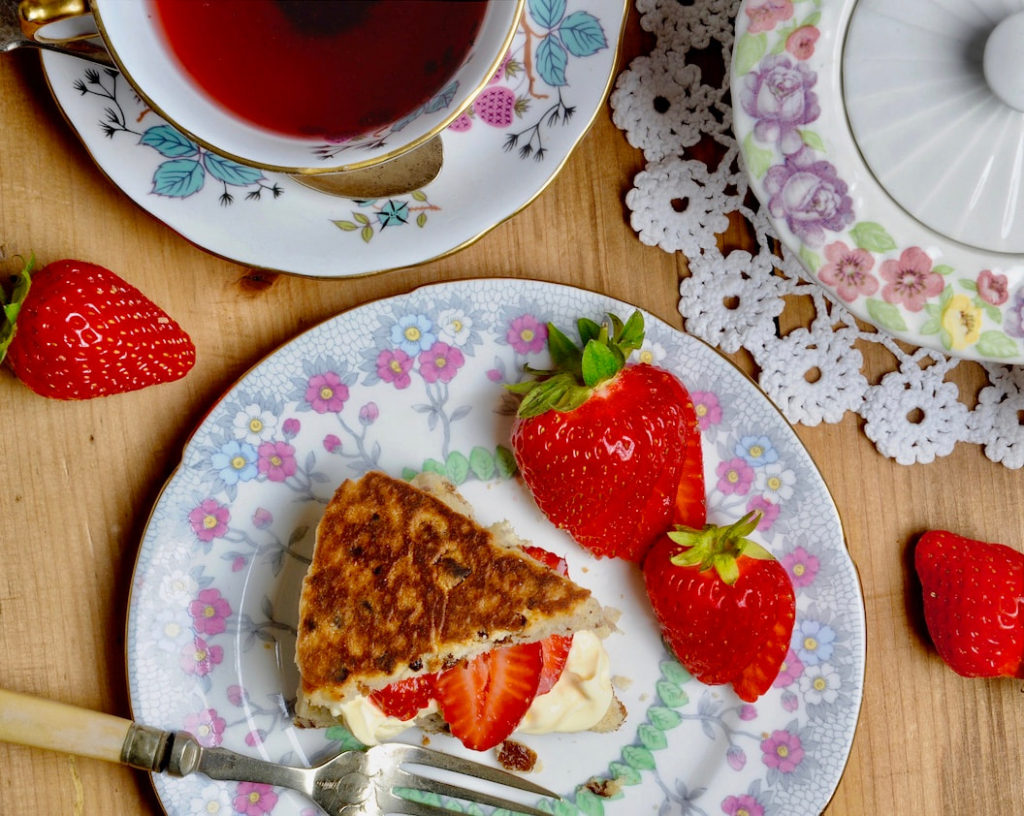
I expect by now, in the context of cookery, you’re gagging to know what a girdle is. Well, it’s merely similar to a griddle, except it’s suspended over the fire/stove by a long metal chain – and there you have it.
You see after two jolly good goes at recreating Irene Veal’s recipe I was clean out of beef dripping. As one can imagine, Miss Windsor was on the brink of despair, so in an attempt to remain focused, one repeatedly muttered: “Just Keep Calm and Carry On!”
I say, thank goodness for positivity, quick thinking, and a British stiff upper lip! so I reached into my refrigerator and emerged with the last of my “margarine” ration – phew! Panic over.
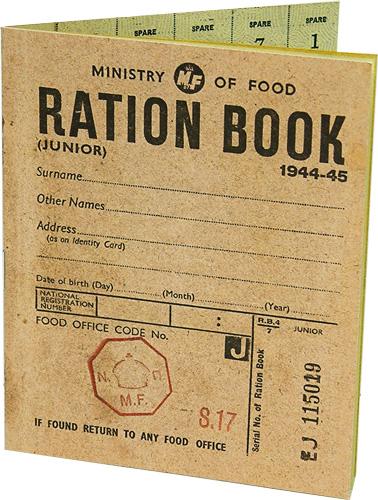
Darlings, nigh to the end of my “bakeathon”, I discovered that a moderate heat, as suggested by Irene Veal, unfortunately, burnt the dough not just once but twice. So, at the start of my third and last round, I vowed to keep the heat as low as possible, even if it took an age for it to thoroughly cook through. Thus thirty minutes later, Grandmother Josie’s, vintage, wrought iron griddle pan eventually produced a culinary triumph.
When I consulted Irene Veal’s cookery book, I soon realised why my scone dough, in previous rounds, ended up burnt. Well, to start, during the wartime years there was something called National Flour, which was different from our usual white type because ultimately less wheat was being imported to Great Britain.
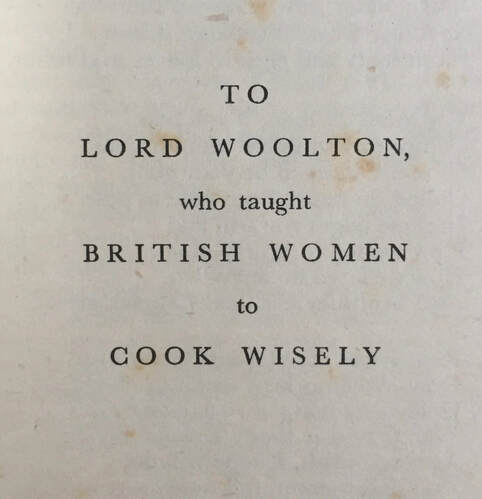
So, to feed the nation, more flour was extracted from the grain, thus produced a nourishing but rather off-putting greyish coloured flour.
Irene Veal advises the reader: When, and if, white flour is again used, a little less liquid, rather more fat and slightly lower oven temperatures and longer cooking will be necessary – Miss Windsor couldn’t agree more; just a shame one did not know of this until three whacks later.
And for those who may be wondering, who the heck is Lord Woolton? He was the wartime Minister of Food (glorious food!), who chummed up with Sir Jack Drummond, a nutritional biochemist and scientific adviser to the Ministry of Food.
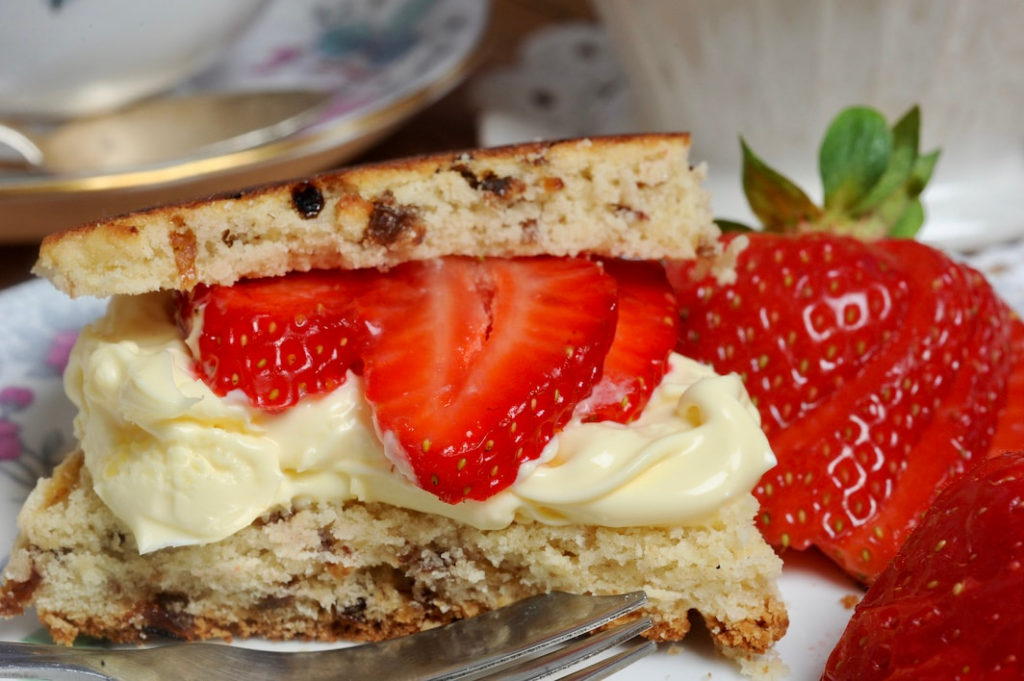
You see, their shared passion to improve the nation’s diet and to eradicate malnutrition, eventually led to a national food policy. As a result of this, measures were put in place to feed the British public back to good health. Therefore, during the chilly month of January 1940, every man, woman, and child was issued with a ration book for butter, bacon, and sugar.
Then in March 1940, followed the rationing of meat, preserves, tea, margarine, cooking fats, milk, and so on. So whether you were rich or poor, all members of society received adequate nutrition to survive the war. In fact, meat rationing finally ended many years after WWII, on the 30th June 1954 – Hallelujah!
Enjoy recreating a British slice of wartime food history!
Miss Windsor x
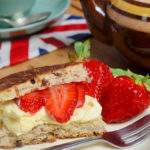
Miss Windsor’s Wartime Girdle Scones
Ingredients
- 140g (just over 1 cup) self-raising flour
- 30g (just under 1/4 cup) of beef dripping, lard, butter, or margarine
- 30g (just under 1/4 cup) caster sugar
- small handful of any dried fruit – roughly chopped.
- 6 soup spoons of warm milk (sorry, it was the only spoon I could find at the time!)
- 1/2 of 1/4 of a teaspoon of baking powder
Instructions
-
Squeaky clean hands at the ready – give them a scrub with some carbolic fragranced Lifebuoy soap!
-
Sieve the flour and baking powder into a large mixing bowl, then lightly rub in the fat with your fingertips.
-
Add the chopped dried fruit and sugar. Mix well.
-
Warm the milk to a tepid temperature, then add a spoonful at a time. Stir with a knife until thoroughly combined and starts to form a nice sticky dough. Finish off with your hand until the bowl is clean. Transfer to a floured surface.
-
Knead lightly and roll out to the size of a tea plate, and score with a knife as to mark 8 slices.
-
Lightly grease the griddle, “girdle”, or frying pan and heat at the lowest setting. Wait for a couple of minutes, then gently transfer the dough round onto your chosen pan.
-
Cook each side until well risen and dark brown (not burnt!). It can roughly take 10 to 15 minutes on each side, or even a tad longer.
-
Serve hot with butter and jam, or clotted cream and freshly sliced strawberries.

